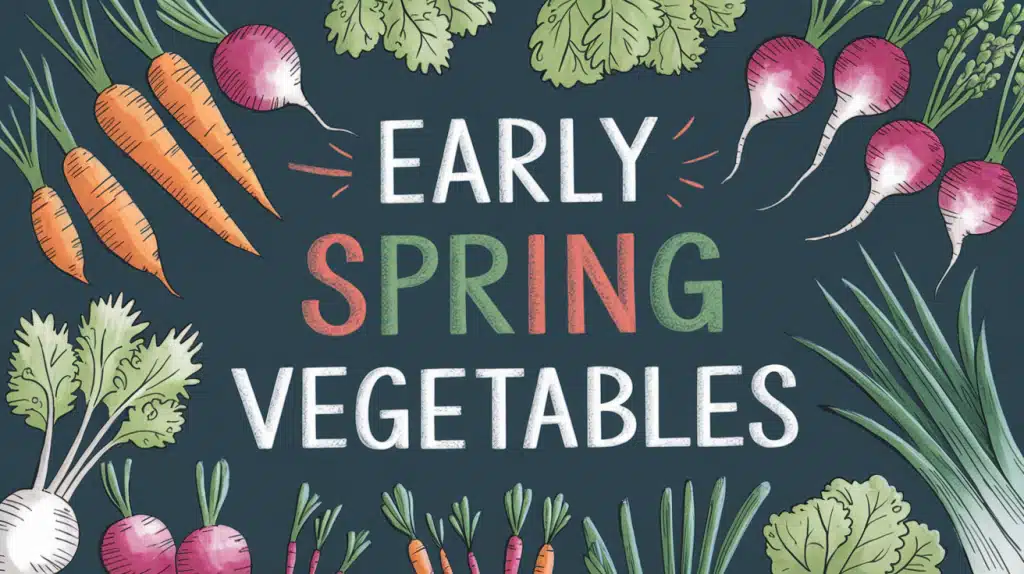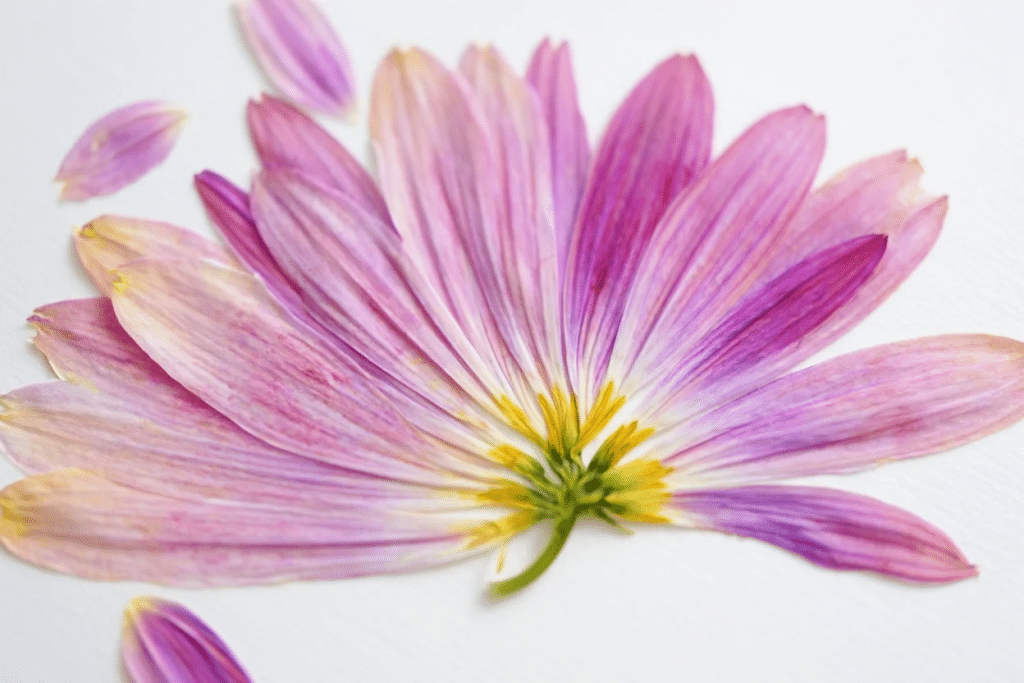Feel the garden itch yet? Most gardeners get stuck with empty plots during the late winter waiting game. The grocery store veggies just taste flat compared to homegrown, and those late frosts seem to stretch forever.
But here’s what most people miss: You can start harvesting your own fresh veggies way earlier than you think. While everyone else is still planning their summer gardens, you could be enjoying crisp salads from your backyard.
I’ve tested dozens of early spring crops over the years, and I’ve found varieties that not only survive those chilly nights but actually thrive in them.
These fast-growing early spring vegetables can go from seed to plate in just a few weeks, bringing that garden-fresh taste to your table when you need it most.
The Best Early Spring Vegetables to Plant for a Fresh Harvest
Spring offers the perfect opportunity to plant vegetables, which can be divided into cold-weather crops and warm-weather crops.
Cold-weather crops prosper in cooler temperatures and can tolerate frost so that they can be planted early in spring. These vegetables tend to grow quickly and are perfect for the beginning of the season.
Warm-weather crops, on the other hand, require warmer soil and temperatures to grow successfully. They should be planted after the last frost to ensure they receive the heat they need to thrive throughout the summer.
By choosing the right vegetables for each season, you’ll enjoy a healthy and plentiful harvest all spring and summer long!
Here’s a general guideline on when you can start seeds indoors and direct sow or transplant outdoors:
| Vegetable | Start Indoors | Direct Sow Outdoors | Transplant Outdoors |
|---|---|---|---|
| Lettuce | Early March | Mid-March to Early April | Mid-April |
| Spinach | Early March | Mid-March | N/A |
| Peas | N/A | Late March | N/A |
| Radishes | N/A | Mid-March | N/A |
| Carrots | N/A | Early April | N/A |
| Kale | Early March | Mid-March | Mid-April |
| Beets | Early March | Early April | N/A |
| Broccoli | Early March | Mid-March | Mid-April |
| Cabbage | Early March | Mid-March | Mid-April |
| Swiss Chard | Early March | Mid-April | N/A |
| Green Onions | Anytime | Mid-April | As seedlings are ready |
| Arugula | N/A | Late March to Early April | N/A |
These are the vegetables we generally plant in early spring:
1. Lettuce
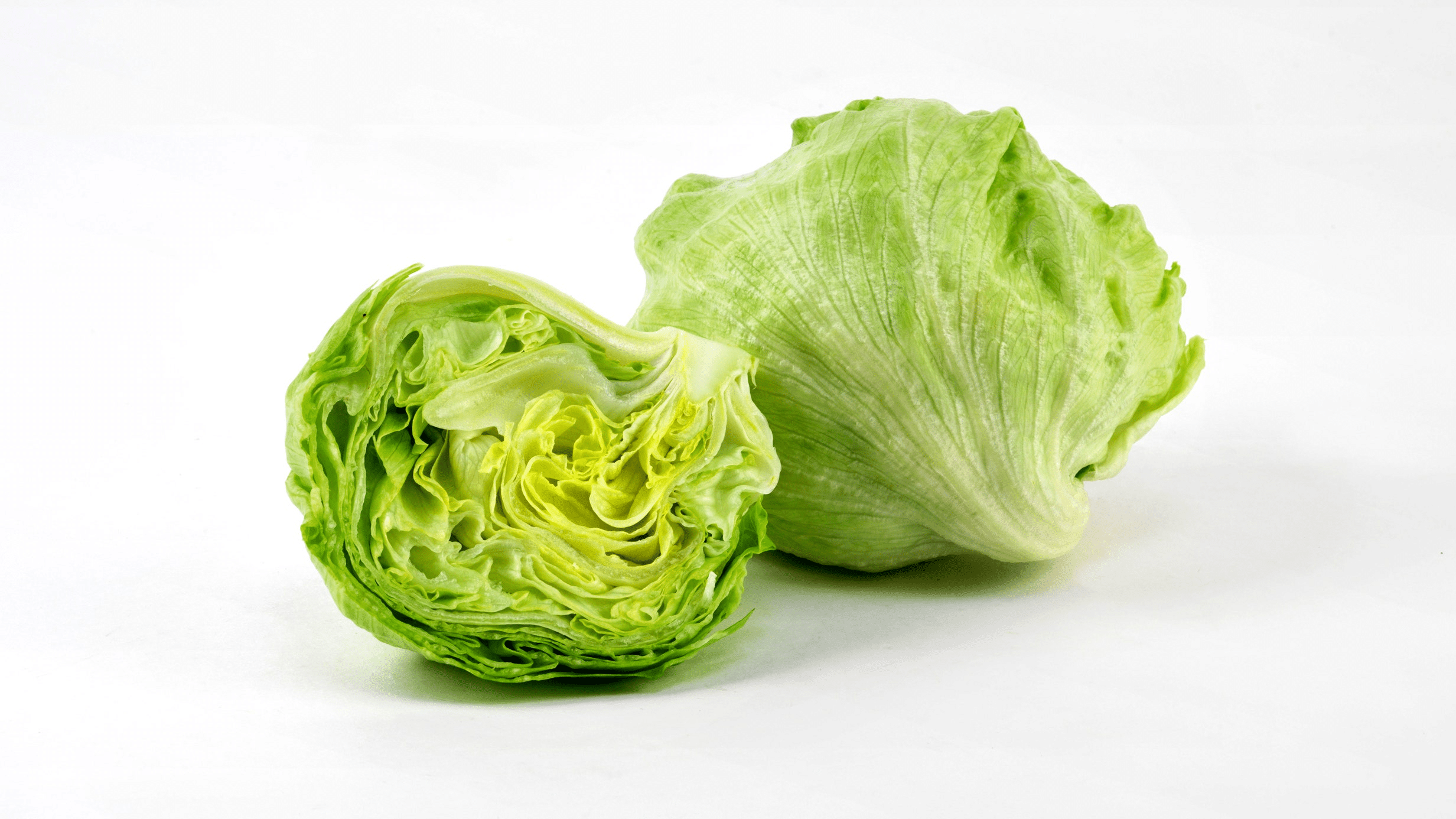
Lettuce is a cool-season crop that thrives in spring. It grows quickly, providing fresh greens for salads and sandwiches.
- Growing zone: 4 to 9
- Days to maturity: 30 to 75 days (depending on variety)
- Mature size: 6 to 12 inches tall, 6 to 8 inches wide
- Care requirements: Prefers full sun to partial shade, well-draining soil, and consistent moisture.
2. Spinach
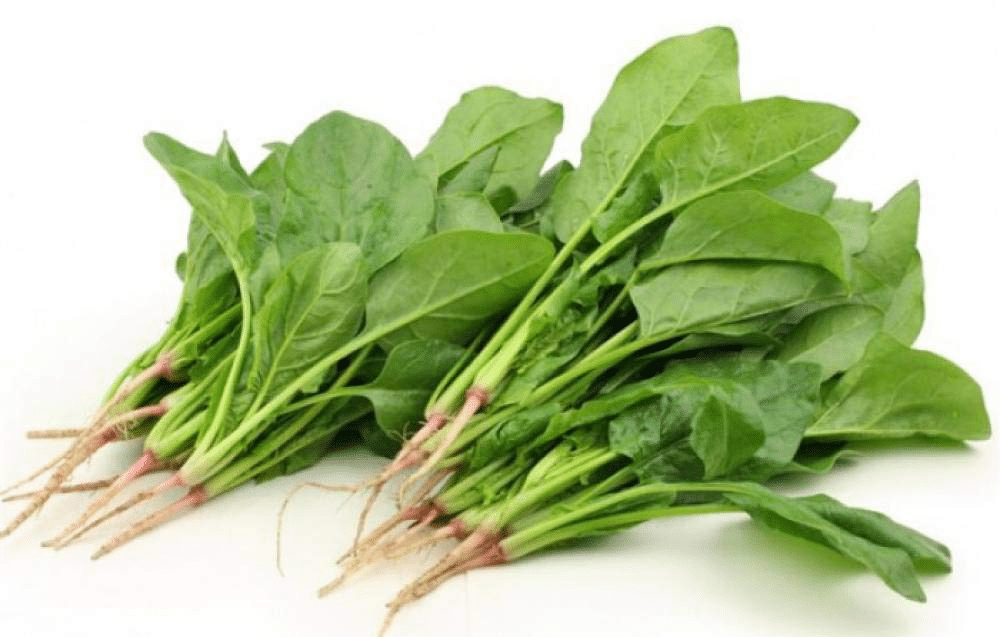
Spinach grows quickly in cool weather and is packed with nutrients. It is one of the best early-season greens to plant in spring.
- Growing zone: 3 to 9
- Days to maturity: 40 to 50 days
- Mature size: 6 to 12 inches tall, 6 to 12 inches wide
- Care requirements: Prefers full sun or partial shade and well-draining soil. Keep soil moist for best results.
3. Peas
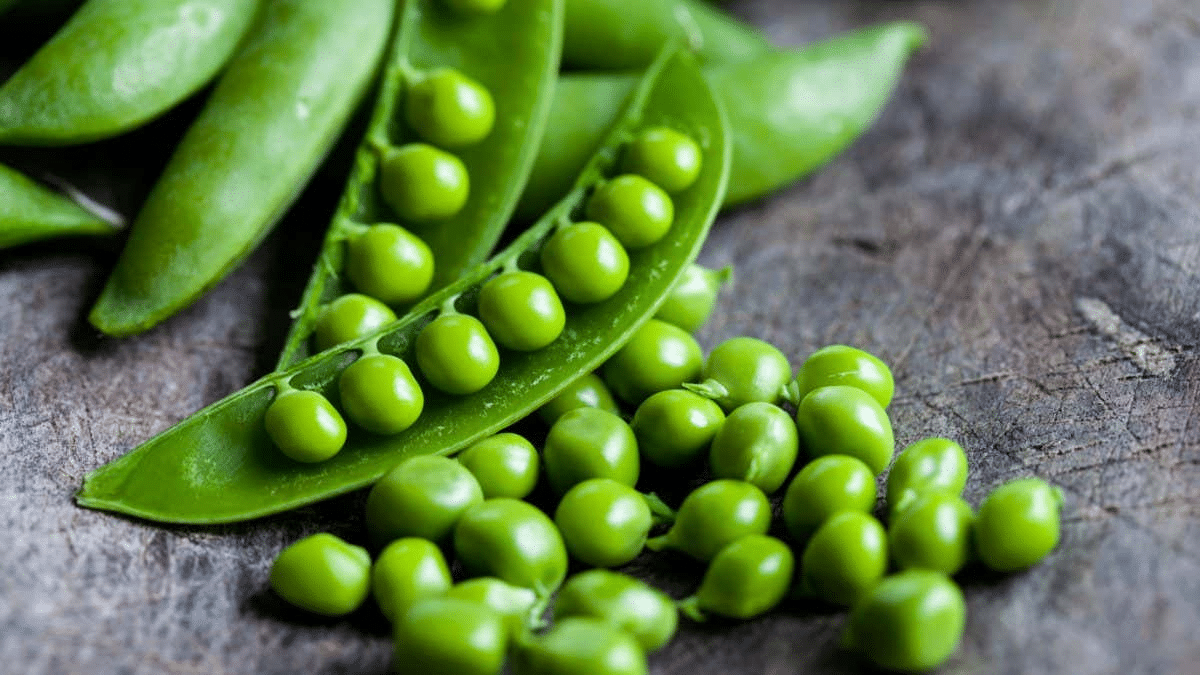
Peas thrive in cool spring weather and are great for early planting. They add nitrogen to the soil, which benefits other crops.
- Growing zone: 3 to 9
- Days to maturity: 60 to 70 days
- Mature size: 24 to 36 inches tall
- Care requirements: Prefers full sun, moist well-draining soil, and cooler temperatures.
4. Radishes
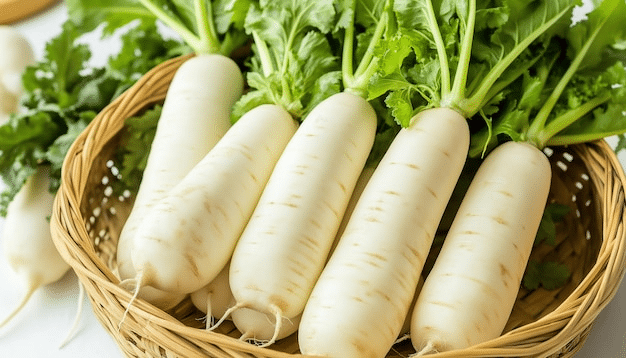
Radishes are fast-growing, cool-weather vegetables that can be harvested in just a few weeks.
- Growing zone: 2 to 9
- Days to maturity: 25 to 30 days
- Mature size: 4 to 6 inches tall, 2 to 3 inches wide
- Care requirements: Prefers full sun and well-drained soil. Water regularly to ensure smooth growth.
5. Carrots
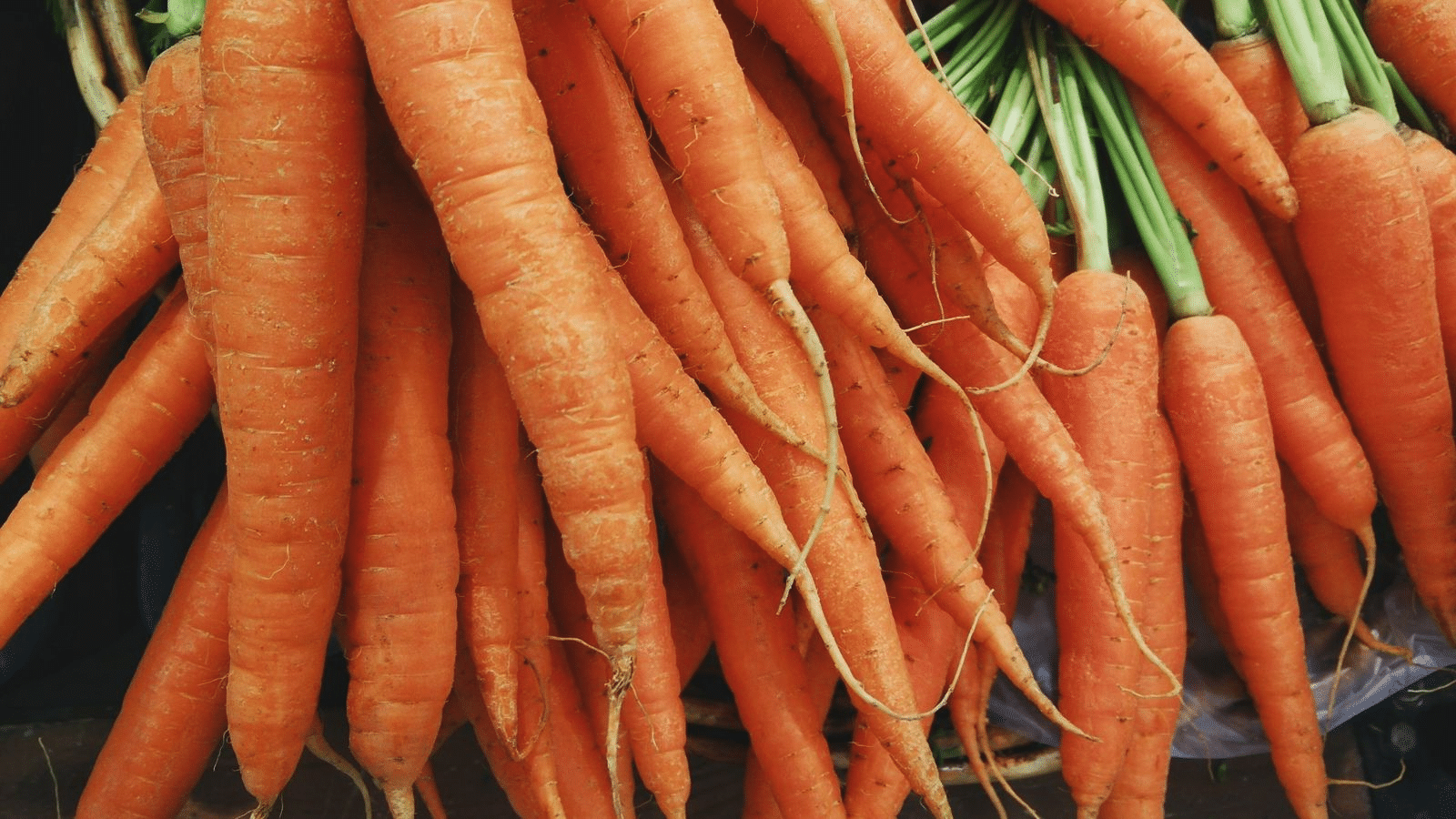
Carrots are best planted early in spring for optimal growth before summer heat. They require a bit of patience but are worth the wait.
- Growing zone: 3 to 10
- Days to maturity: 70 to 80 days
- Mature size: 12 to 24 inches tall
- Care requirements: Prefers full sun, well-draining soil, and regular watering to prevent roots from becoming tough.
6. Kale
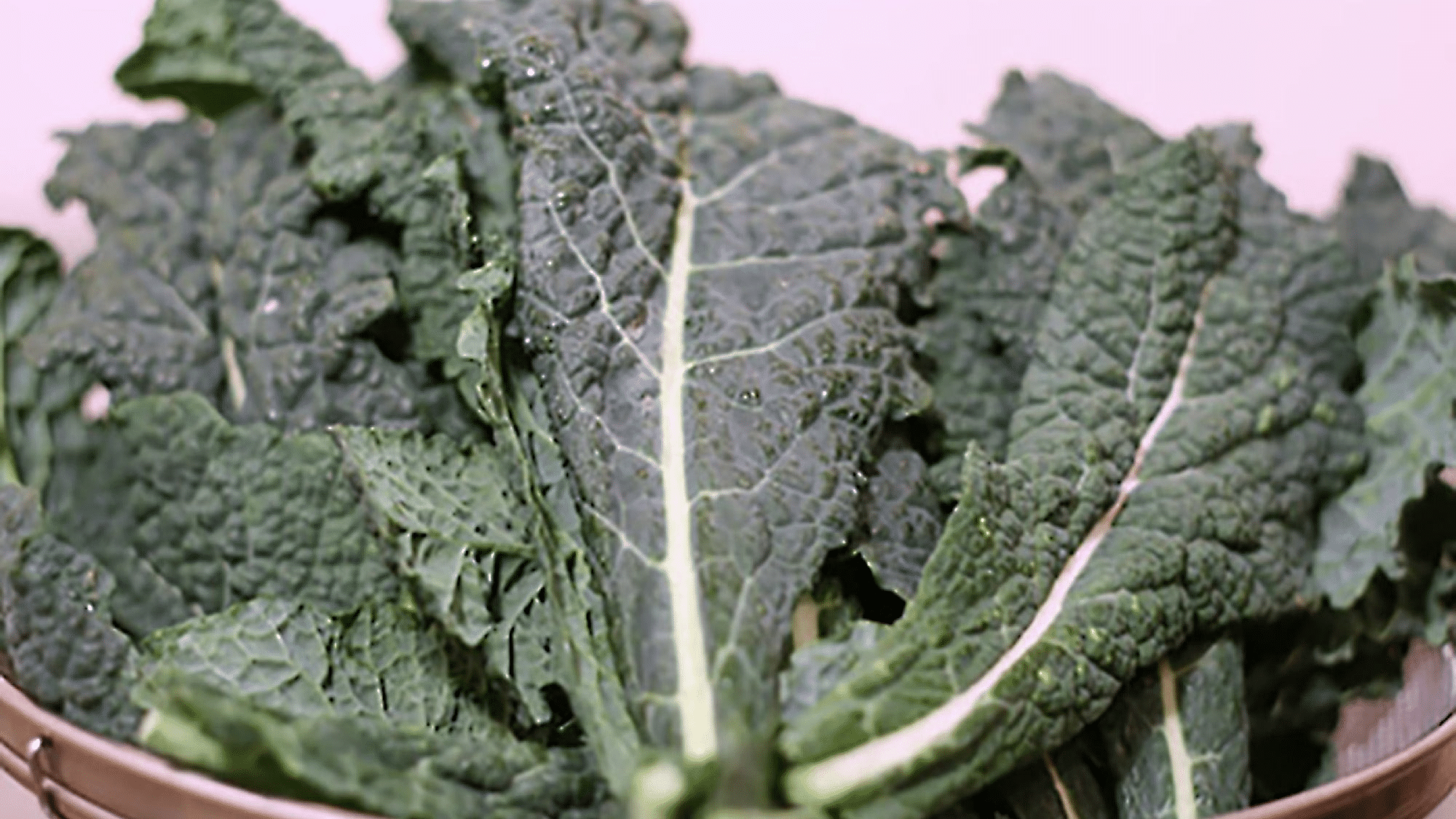
Kale is a nutrient-packed, cold-hardy vegetable that grows well in spring and can be harvested multiple times throughout the season.
- Growing zone: 3 to 9
- Days to maturity: 50 to 70 days
- Mature size: 12 to 18 inches tall, 18 to 24 inches wide
- Care requirements: Prefers full sun, moist well-draining soil, and consistent watering.
7. Beets
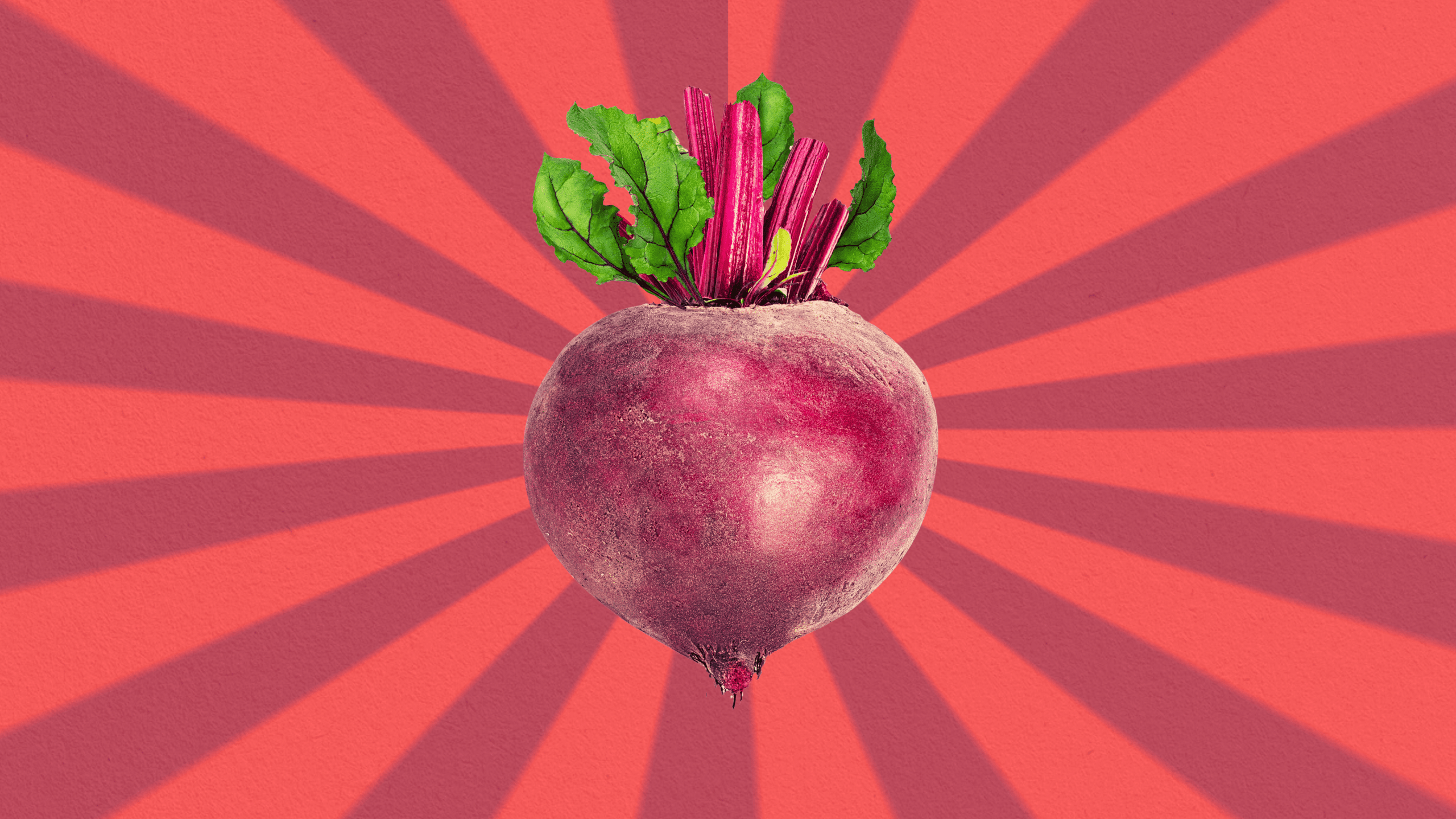
Beets grow well in the cooler months of spring. Both the roots and leaves are edible, making them a versatile plant for the garden.
- Growing zone: 3 to 10
- Days to maturity: 50 to 70 days
- Mature size: 12 to 18 inches tall, 6 to 8 inches wide
- Care requirements: Prefers full sun, moist well-draining soil, and regular watering.
8. Broccoli
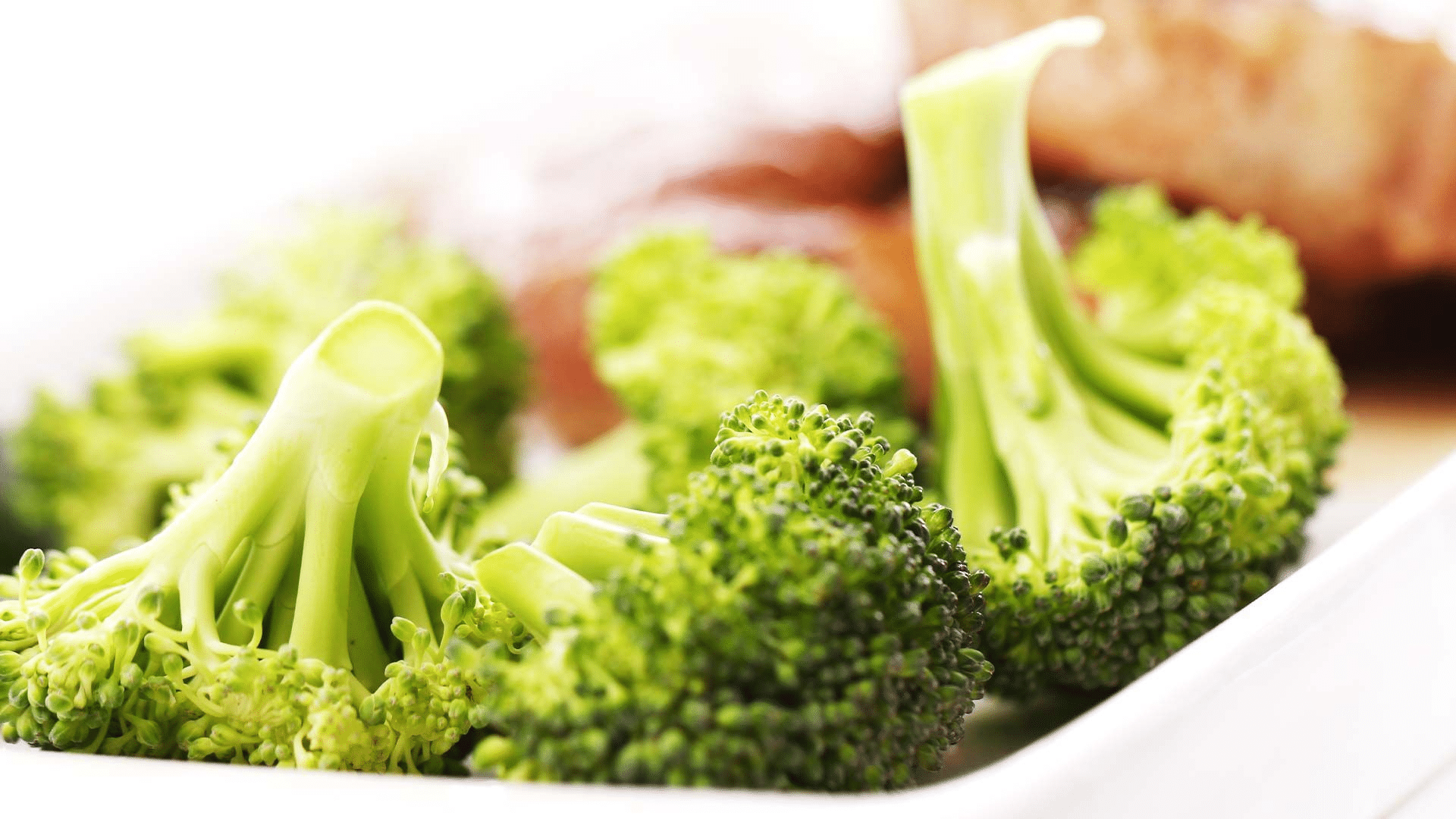
Broccoli thrives in cool spring weather and provides a healthy harvest. It grows best when planted early in the season.
- Growing zone: 3 to 9
- Days to maturity: 50 to 100 days
- Mature size: 18 to 24 inches tall, 18 to 24 inches wide
- Care requirements: Prefers full sun and fertile, well-drained soil. Keep the soil consistently moist.
9. Cabbage
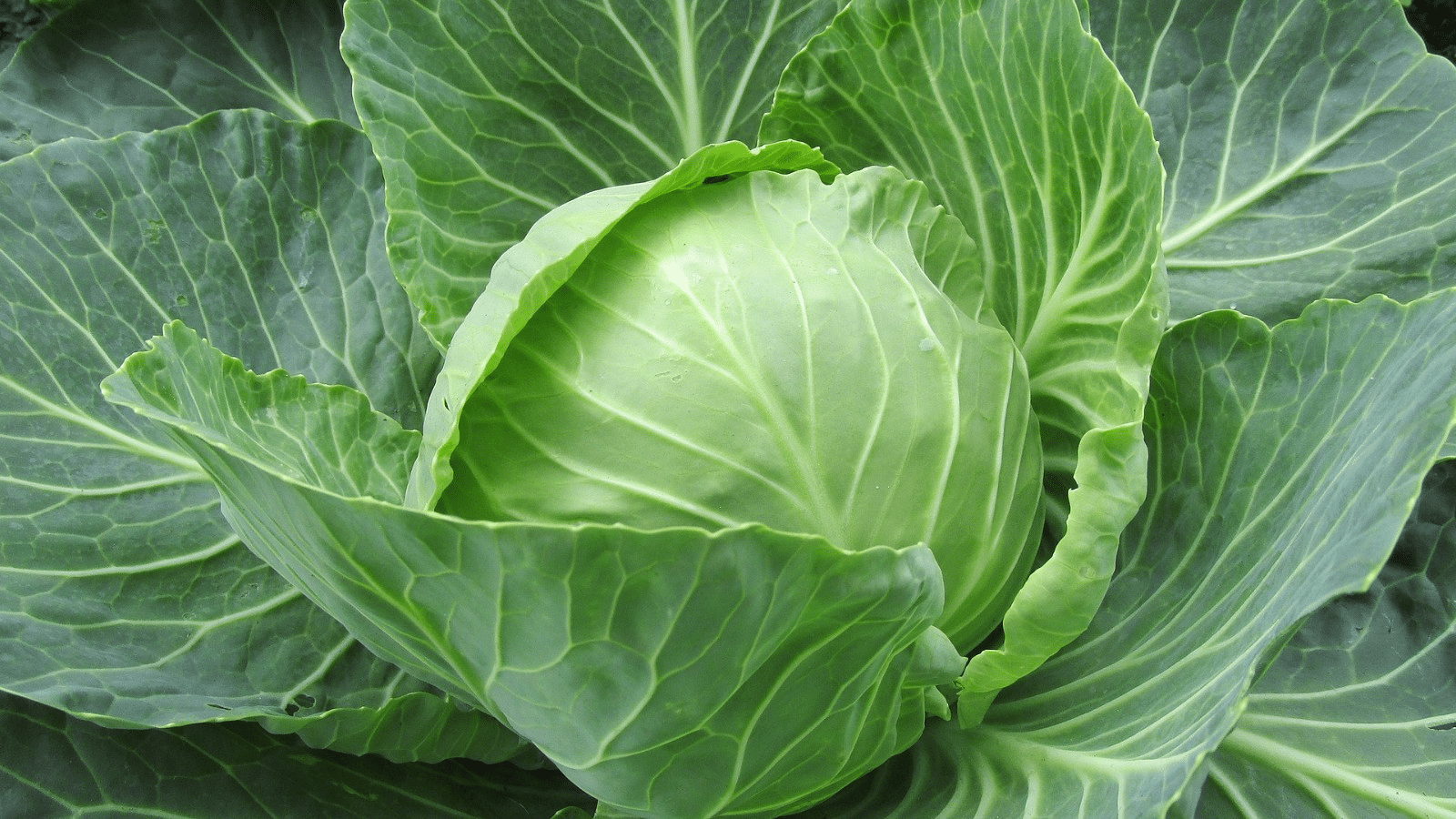
Cabbage is another cold-season crop that does well when planted in early spring. It grows well in cool temperatures and can be harvested in the spring or early summer.
- Growing zone: 3 to 9
- Days to maturity: 70 to 100 days
- Mature size: 12 to 18 inches tall, 12 to 18 inches wide
- Care requirements: Prefers full sun and fertile, well-drained soil. Keep the soil moist but not waterlogged.
10. Swiss Chard
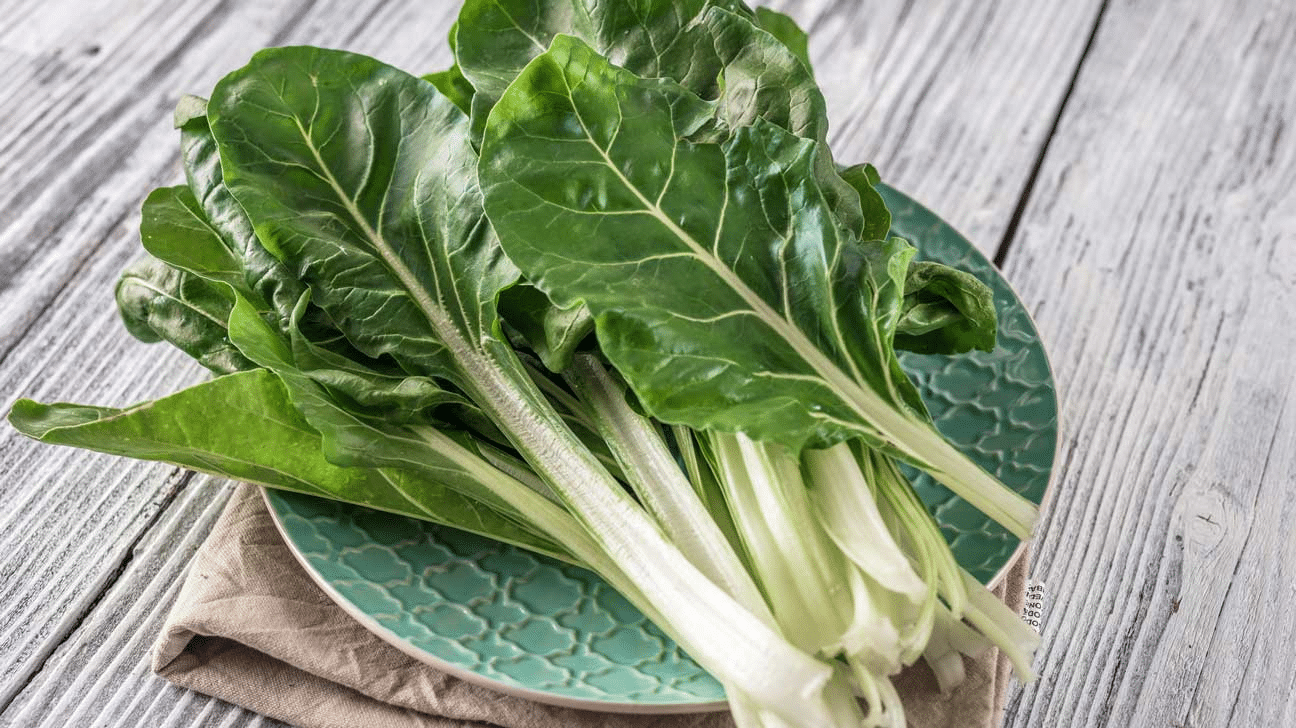
Swiss chard is a cold-hardy vegetable that can tolerate early spring frosts and provides nutritious leaves.
- Growing zone: 3 to 10
- Days to maturity: 50 to 60 days
- Mature size: 12 to 18 inches tall, 12 to 18 inches wide
- Care requirements: Prefers full sun to partial shade and well-drained, fertile soil. Water regularly for optimal growth.
11. Green Onions
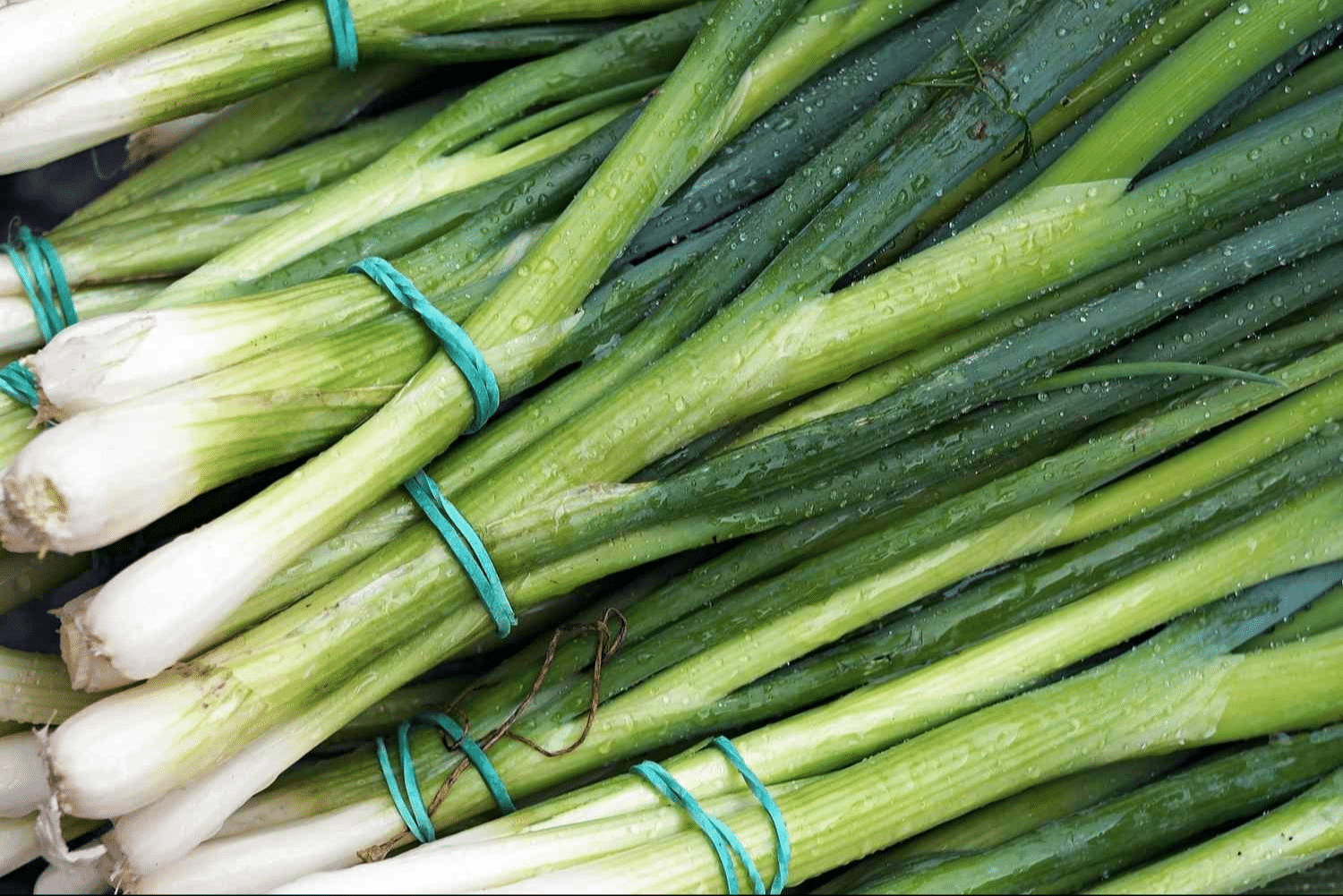
Green onions, or scallions, are easy to grow in spring. They mature quickly and can be harvested as soon as they are the desired size.
- Growing zone: 3 to 9
- Days to maturity: 20 to 30 days
- Mature size: 12 to 18 inches tall
- Care requirements: Prefers full sun and well-draining soil. Keep the soil consistently moist.
12. Arugula
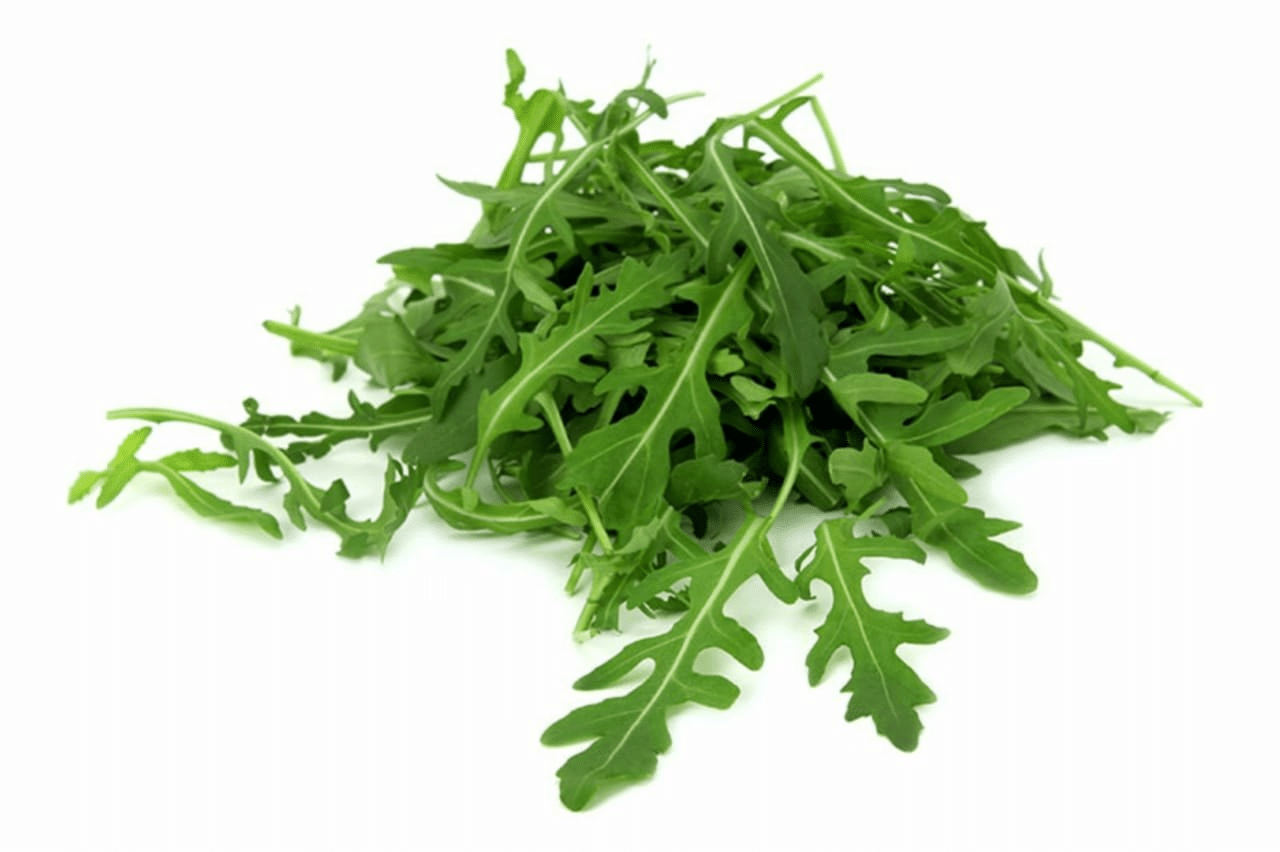
Arugula is a fast-growing leafy green with a peppery flavor. It thrives in cool spring temperatures and can be harvested early.
- Growing zone: 4 to 9
- Days to maturity: 30 to 40 days
- Mature size: 6 to 12 inches tall, 6 to 12 inches wide
- Care requirements: Prefers full sun to partial shade and well-drained, moist soil. Keep well-watered for continuous growth.
Essential Tips for Growing Early Spring Vegetables
Early spring vegetable success depends on timing and protection. These practical tips will help you get the most from your garden:
Frost Dates Matter
- Plant cold-hardy crops (spinach, kale, peas) 4-6 weeks before the last frost
- Plant semi-hardy vegetables (carrots, beets) 2-3 weeks before the last frost
- Wait to plant heat-lovers (tomatoes, peppers) until after all frost danger
- Add 1-2 weeks to these times if your garden is in a low spot that collects cold air
Soil Basics
When preparing your soil for planting, it’s important to work it only when it crumbles easily in your hand, avoiding muddy conditions.
Most vegetables thrive in soil with a pH level between 6.0 and 7.0, so aim to keep it within this range.
Before planting, add 2-3 inches of compost to enrich the soil and improve its texture. Be sure to remove any rocks or debris that may hinder root growth.
Additionally, for optimal plant development, ensure the soil temperature has reached at least 40°F for cold crops and 60°F for warm crops before sowing seeds or transplanting.
Protection Tools
- Row covers trap heat (2-10°F warmer) while letting in water and light
- Cold frames protect small areas and open during warm days
- Plastic milk jugs with bottoms cut off shield individual plants
- Dark-colored mulch warms the soil faster than bare ground
Seed Starting
- Start tomatoes indoors 6 weeks before transplanting
- Start peppers and eggplants 8 weeks before transplanting
- Use fresh seed-starting mix to prevent disease
- Provide 14-16 hours of light daily
- Harden off seedlings 7-10 days before planting by gradually exposing them to outdoor conditions.
Water Smart
Watering in the morning helps reduce disease risk. Most spring crops need 1-1.5 inches of water weekly. Always water the soil directly, not the leaves.
To check moisture, insert your finger 1 inch into the soil—if dry, water. Young seedlings dry out quickly, so check them daily.
Emergency Frost Protection
- Cover plants before sunset when frost threatens
- Remove covers in the morning to prevent overheating
- Milk jugs filled with water placed near plants release heat overnight
- Most cold damage occurs between 2-6 AM – this is the critical time for protection
Common Mistakes to Avoid
- Planting too early in cold, wet soil leads to seed rot
- Crowding reduces air circulation and increases disease
- Forgetting to harden off indoor seedlings causes transplant shock
- Inconsistent watering creates stress and growth problems
- Neglecting to monitor local weather forecasts for surprise frosts
Nutritional Benefits of Early Spring Vegetables
Early spring vegetables are packed with essential nutrients, making them a healthy addition to your diet. Here are some key nutritional benefits of these spring crops:
- Rich in Vitamins: Many early spring vegetables, like spinach and kale, are excellent sources of vitamins A, C, and K, which are crucial for eye health, immune function, and bone health.
- High in Fiber: Vegetables such as carrots and peas are high in dietary fiber, which promotes digestive health, keeps you full longer, and supports healthy cholesterol levels.
- Antioxidants: Leafy greens like kale and spinach are full of antioxidants, which help fight free radicals in the body, reduce inflammation, and lower the risk of chronic diseases.
- Low in Calories: These vegetables are naturally low in calories, making them great for anyone looking to maintain or lose weight without sacrificing nutrition.
- Minerals: Early spring vegetables are rich in minerals like iron, magnesium, and potassium, which are vital for muscle function, heart health, and energy production.
- Hydrating: Many early spring vegetables, such as lettuce and cucumbers, have high water content, helping to keep you hydrated during the warmer months.
Including these fresh, nutrient-dense spring vegetables in your meals provides a wide range of health benefits while boosting your energy and overall well-being.
How Do I Protect Early Spring Vegetables from Frost?
Protecting early spring vegetables from frost is essential to ensure healthy growth and a successful harvest. Here are some effective methods to shield your plants:
- Cover with Row Covers: Row covers are lightweight fabrics that trap heat and provide insulation. They can raise temperatures by 2-10°F and protect plants from light frosts. Drape them over your crops and secure the edges.
- Use Cold Frames: Cold frames act like mini greenhouses, capturing heat from the sun and keeping soil temperatures warmer. They can protect your plants from frost while still allowing sunlight to reach them.
- Plastic Cloches or Water-filled Protectors: Cloches (small plastic covers) or water-filled protectors help protect individual plants. Water-filled protectors absorb heat during the day and release it during the night, keeping plants warmer.
- Mulch the Soil: Applying a layer of mulch around your plants helps insulate the soil, keeping it warmer during cold nights. Mulch can also retain moisture and prevent weeds.
- Water the Soil Before Frost: Wet soil holds heat better than dry soil, so watering your garden before a frost can help maintain a more stable temperature. Avoid watering right before a freeze, as this can lead to freezing water on the surface.
- Cover with Blankets or Sheets: For a quick fix, you can cover plants with old blankets, sheets, or towels when frost is expected. Just make sure the material doesn’t touch the plants directly, and remove it once the temperatures rise.
- Bring Containers Inside: If you’re growing vegetables in containers, bring them inside or into a sheltered area like a garage or shed during frost warnings. This provides instant protection from the cold.
- Monitor the Weather: Watch local weather forecasts to prepare in advance. Timely protection is key to preventing frost damage. By using these techniques, you can protect your early spring vegetables from frost and give them the best chance to grow strong and healthy throughout the season.
The Bottom Line
Spring gardening success depends on smart timing and plant selection. By choosing the right vegetables and providing basic protection, you’ll enjoy fresh harvests while others wait for summer.
Start with cold-hardy crops, watch those frost dates, and prepare your soil well.
Whether growing outdoors or indoors, these early spring vegetables deliver nutrition and flavor that store-bought options can’t match.
Begin with just a few vegetables from our list that suit your growing area and taste preferences. The satisfaction of picking your early spring harvest is worth every effort.


